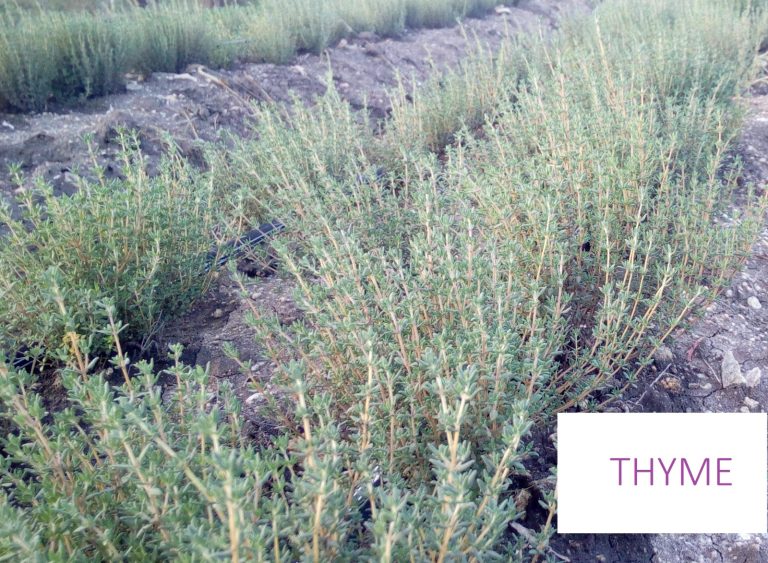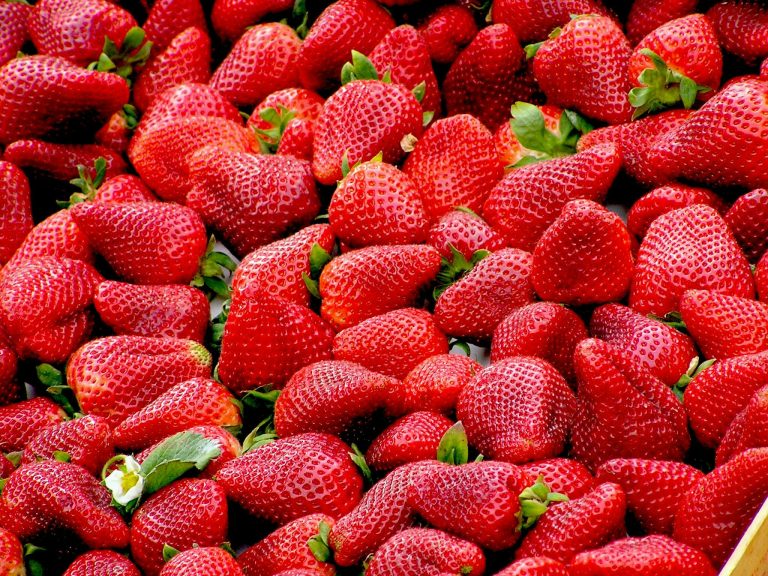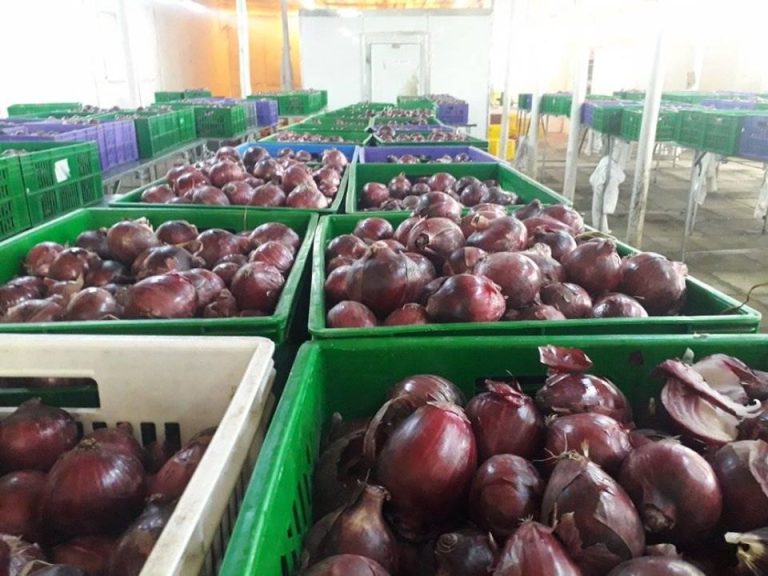Introduction
Onion farming has become one of Kenya’s most lucrative agricultural ventures, owing to the growing demand for onions in local and export markets. With a relatively low initial investment, onions can yield high returns if managed well. For small-scale and large-scale farmers, onions provide a reliable source of income.
In this blog, we’ll delve into the essential aspects of onion farming in Kenya, including the costs involved, profitability, best practices, and common mistakes to avoid. Whether new to onion farming or an experienced grower, this resource will equip you with the knowledge needed to enhance productivity and profitability. Additionally, learn how Fincare Investments empowers farmers by facilitating land access through leasing or purchase to support high-yield crop production.
Cost Breakdown of Onion Farming in Kenya
1. Land Preparation and Soil Testing
Key Insights:
- Proper land preparation is crucial for optimal onion growth. The process involves ploughing, harrowing, and ensuring the soil is well-drained.
- Testing the soil ensures it has the correct pH and nutrient content, which is essential for healthy onion growth.
Estimated Costs:
- Land preparation costs range from KES 5,000 to KES 15,000 per acre, depending on the size of the land and the type of machinery used.
- Soil testing costs typically range from KES 2,000 to KES 5,000.
Pro Tip:
- Conduct soil tests before planting to determine the right fertilizers and correct the soil’s pH if necessary.
2. Seeds and Onion Nursery
Key Insights:
- Selecting high-quality, certified seeds is essential for maximizing yields and reducing the risk of pest infestations.
- Many farmers find it cost-effective to establish onion seedling nurseries, with seedlings ready for transplanting after approximately 45 days.
Estimated Costs:
- The price of certified onion seeds is approximately Ksh 40,000 per acre.
Pro Tip:
- Always purchase certified seeds from reputable suppliers to ensure disease resistance and optimal yields.
3. Fertilizer and Pest Control
Key Insights:
- A proper fertilizer regime is essential for optimal bulb onion growth, starting with the planting stage, where well-decomposed manure or fertilizer that’s high in Phosphorus, such as DAP (Di-Ammonium Phosphate) fertilizer, is applied at a rate of 50-100 kg per acre to promote strong root development. During the vegetative stage (3-6 weeks after transplanting), onions require high nitrogen levels for vigorous leaf growth. This makes CAN (Calcium Ammonium Nitrate) ideal, applied at topdressing rates of 50-100 kg per acre. Finally, in the bulbing stage (onset of bulb formation), nitrogen application should be reduced to prevent excessive foliage, while fertilizer that’s high in Potassium, such as NPK (17:17:17) at 50 kg per acre to enhance bulb size, quality, and storage potential. Adequate irrigation and proper timing of fertilizer application are crucial for achieving high yields.
- Pest control is also crucial as onions are susceptible to pests and diseases, such as aphids and downy mildew.
Estimated Costs:
- Fertilizers, pesticides, and herbicides cost between KES 50,000 and Ksh 60,000 per acre, depending on the type.
Pro Tip:
Effective thrips control is critical to the success of onion cultivation, as these pests can significantly impact yield and bulb quality. Implementing an integrated pest management (IPM) approach, including regular monitoring, timely application of recommended insecticides, and maintaining proper field hygiene, helps minimize infestations and protect crop productivity.
4. Irrigation Systems
Key Insights:
- Consistent watering is essential for successful onion farming, especially during dry periods. Onions thrive in well-watered soils, making irrigation systems crucial.
- Drip irrigation is the most efficient and cost-effective method for watering onions, as it delivers water directly to the plant’s roots.
Profitability of Onion Farming in Kenya
1. Market Prices and Earnings
Key Insights:
- Onions are in high demand year-round for domestic consumption and export to neighbouring countries like Uganda, Tanzania, and Rwanda.
- Prices for onions vary depending on market conditions, with fluctuations driven by supply and demand.
Estimated Earnings:
- An acre of onions typically yields between 10,000 and 18,000 kg, with prices ranging from KES 40 to KES 80 per kilogram.
- Based on these prices, onion farming can generate between KES 400,000 and KES 800,000 per acre (based on production of 10,000kg)
Pro Tip:
- Expand your market reach by leveraging social media and other sales channels to secure better prices and a wider customer base.
2. Export potential.
Key Insights:
- Kenya’s onions are increasingly finding their way into international markets. Good packaging and quality control, especially in neighbouring countries and the Middle East, can help you tap into the lucrative export market.
Estimated Earnings:
- Exporting onions can increase your earnings by as much as 50%, given that international markets often pay a premium for high-quality produce.
Pro Tip:
- Ensure that your onions meet export quality standards, including proper size, freshness, and packaging, to attract international buyers.
Best Practices for Successful Onion Farming
1. Soil Preparation and Fertilization
- Prepare soil with adequate drainage to prevent waterlogging.
- Use balanced fertilizers like NPK to ensure the plants get enough nutrients throughout their growth.
2. Pest and Disease Management
- Monitor crops for early signs of pests and diseases. Use organic pest control methods, such as neem oil or biological control agents.
- Use fungicides and other treatments to prevent onion diseases like white rot and downy mildew.
3. Harvesting and Post-Harvest Handling
- Harvest onions when the tops fall and the bulbs dry.
- Proper curing and storage can significantly extend the shelf life of onions, reducing post-harvest losses.
4. Diversify Sales Channels
- Besides selling locally, explore options to sell directly to supermarkets, hotels, and restaurants.
Common Mistakes to Avoid in Onion Farming
- Failure to Manage Watering: Avoid overwatering or underwatering onions, which can lead to poor growth and diseases.
- Neglecting Pest Control: Onions are susceptible to pests, especially Thrips, and failure to control them can lead to significant losses.
- Ignoring soil health: Always perform soil tests to understand fertility and pH and apply the correct fertilizers to avoid poor yields.
- Selling at Low Prices: Research the market and sell your onions at the best price possible to maximize profits.
Conclusion
Onion farming in Kenya offers excellent opportunities for high profits, especially with proper management and planning. Understanding the costs, optimizing farming practices, and tapping into market trends can make onion farming a sustainable and profitable venture.
Fincare Investments specializes in providing agricultural land either for lease or purchase, helping you secure the perfect property for your farming needs. Whether you’re a first-time farmer or looking to expand your operations, we are here to assist you with finding the ideal land. Click here to explore our available agricultural land for lease in Kajiado, Kenya.
If you’re looking for the best land to start your onion farming business, Fincare Investments specializes in providing prime agricultural land. Contact us today, and let us help you secure the best deals for your farming business!







